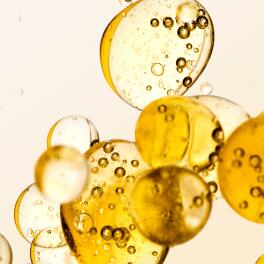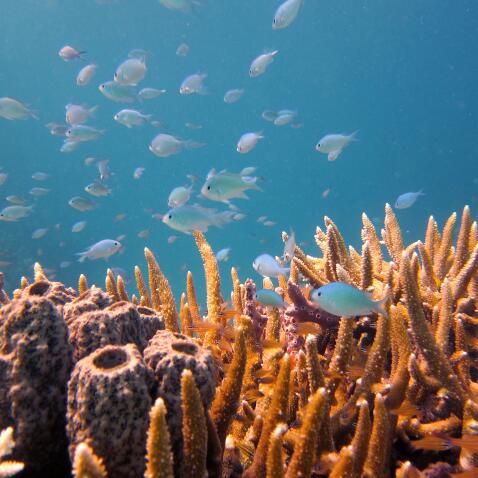Sun Care - Sensitive Skin
Cleanance Sun Cream SPF 50+
100% photostable* Water-resistant Formulated to limit its impact on marine ecosystems** Non-comedogenic. *In-vitro test **more information on www.eau-thermale-avene.com



Very high 'tinted' sun protection for those with oily and blemish-prone skin. A new patented sun filter with high protection and more respect for the environment.
- Photo-protector
- Anti-oxidant
- Mattifying
- Non-sticky
-
Ultra-broad spectrum protection: includes patented TriAsorB™ filter, the first Pierre Fabre organic Filter that protects against blue light, beyond UVs.
Strict formulation charter for the skin and the environment. -
100% photostable*
Water-resistant
Formulated to limit its impact on marine ecosystems**
Non-comedogenic.
*In-vitro test
**more information on www.eau-thermale-avene.com
Adults
All phototypes from I to VI
Face - neck
Oily skin - Skin with imperfections
Anti-imperfections - Photo-protection
Cleanance Solaire SPF 50+ offers ultra-broad spectrum sun protection. This sun cream is ideal for protecting oily skin with imperfections on a daily basis. With Monolaurin, a sebo-reducing active ingredient, it visibly reduces blemishes and helps prevent the appearance of marks due to sun exposure. Cleanance Solaire 50+ leaves an imperceptible, non-shiny finish on the skin when applied and is an excellent base for everyday make-up. The formula is also water resistant.
This new sun care product incorporates TriAsorB ™, a new ultra-broad spectrum sun filter that protects against UV rays and beyond with protection from skin-ageing HEV blue light, up to 450nm.
A highly secure filtering system, it also helps to ensure greater respect for marine biodiversity. Numerous tests under experimental conditions have proven, among other things, that it is non-toxic to three key species of marine biodiversity: coral, phytoplankton, and zooplankton***.
Its new eco-designed bottle is lighter in plastic, recyclable and contains 64% recycled plastic (excluding the cap), and is therefore fully in line with Pierre Fabre Dermo-Cosmetics' reasoned and ethical approach.
*In vitro test on reconstructed skin exposed to blue light
**Tests carried out on representative species by the Observatoire Océanologique de Banyuls-sur-Mer
Benefits
• PHOTOPROTECTIVE: Photostable UVB-UVA and blue light filters that combat the harmful effects of sun rays. -89% cell damage induced by solar radiation*.
• ANTIOXIDANT: Helps to protect cells against free radicals**.
• NO WHITE FILM: For a natural complexion and invisible protection every day. Use as a day cream.
• SEBOREGULATOR: Helps to reduce pimples in acne-prone skin.
• FORMULATED to limit its impact on marine ecosystems***.
*In-vitro test on reconstructed epidermis exposed to blue light - Quantification of DNA oxidation.
**In-vitro test
***Non-eco-toxic filters, with no impact on 3 representative species of marine biodiversity (one species of coral, one species of phytoplankton and one of zooplankton) according to tests carried out by the Oceanological Observatory of Banyuls-sur-Mer, partner of the European Marine Biological Resource Center, at concentrations representative of those found in the environment for sunscreens; and formulas optimized to promote their biodegradability according to the OECD 301b test.
*In-vitro test on reconstructed skin exposed to blue light
**Tests carried out on representative species by the Observatoire Océanologique de Banyuls-sur-Mer
*In-vitro test on reconstructed epidermis exposed to blue light - Quantification of DNA oxidation.
**In-vitro test
***Non-eco-toxic filters, with no impact on 3 representative species of marine biodiversity (one species of coral, one species of phytoplankton and one of zooplankton) according to tests carried out by the Oceanological Observatory of Banyuls-sur-Mer, partner of the European Marine Biological Resource Center, at concentrations representative of those found in the environment for sunscreens; and formulas optimized to promote their biodegradability according to the OECD 301b test.
Which skin care routine should you adopt?
Identify what it really needs with the help of our experts and discover the most suitable skin care routine for you.













